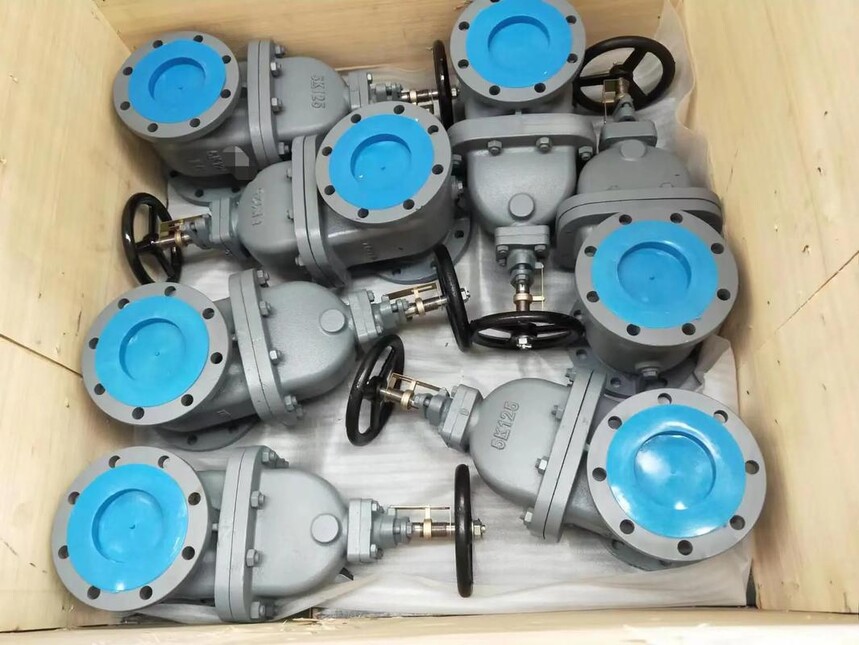|
Marine Valves: Essential Components for Safe and Efficient Maritime OperationsMarine valves are the unsung heroes of maritime engineering, ensuring the safe and efficient operation of ships, offshore platforms, and submersibles. Whether you’re a ship engineer, procurement manager, or vessel owner, understanding marine valves is critical to avoiding costly downtime, meeting regulatory standards, and optimizing performance. This guide provides actionable insights into marine valve types, applications, 1. What Are Marine Valves?Marine valves are mechanical devices designed to control the flow of liquids, gases, or slurries in marine environments. They are built to withstand extreme conditions such as saltwater corrosion, high pressure, and temperature fluctuations. Properly functioning valves are essential for safety, operational efficiency, and compliance with international maritime regulations. Key Features of Marine Valves:
2. Common Types of Marine Valves and Their UsesChoosing the right valve type depends on the system’s requirements. Below are the most common marine valves and their applications: 2.1 Gate Valves
2.2 Globe Valves
2.3 Ball Valves
2.4 Check Valves
2.5 Butterfly Valves
2.6 Safety Valves
3. Key Applications of Marine ValvesMarine valves are used across various systems on board vessels and offshore structures:
4. How to Maintain Marine Valves for LongevityRegular maintenance is crucial to prevent leaks, corrosion, and system failures. Follow these steps: 4.1 Inspect for Corrosion and Wear
4.2 Lubrication and Cleaning
4.3 Test Valve Operation
4.4 Upgrade to Modern Designs
5. Choosing the Right Marine Valve SupplierSelecting a reliable supplier ensures quality, compliance, and timely delivery. Look for:
6. Why Marine Valves Matter for Your Business
7. Frequently Asked Questions (FAQs)Q1: What is the most common marine valve type? Q2: How often should marine valves be inspected? Q3: Can marine valves be used in LNG carriers? Q4: What are the latest trends in marine valve technology? 8. ConclusionMarine valves are the backbone of maritime operations, ensuring the seamless flow of fluids and gases in challenging environments. By understanding their types, applications, and maintenance requirements, you can enhance the reliability and safety of your marine systems. Call to Action: If you’re looking for high-quality marine valves or expert advice, contact a trusted supplier today. Stay ahead of the curve with solutions tailored to your vessel’s needs! |

